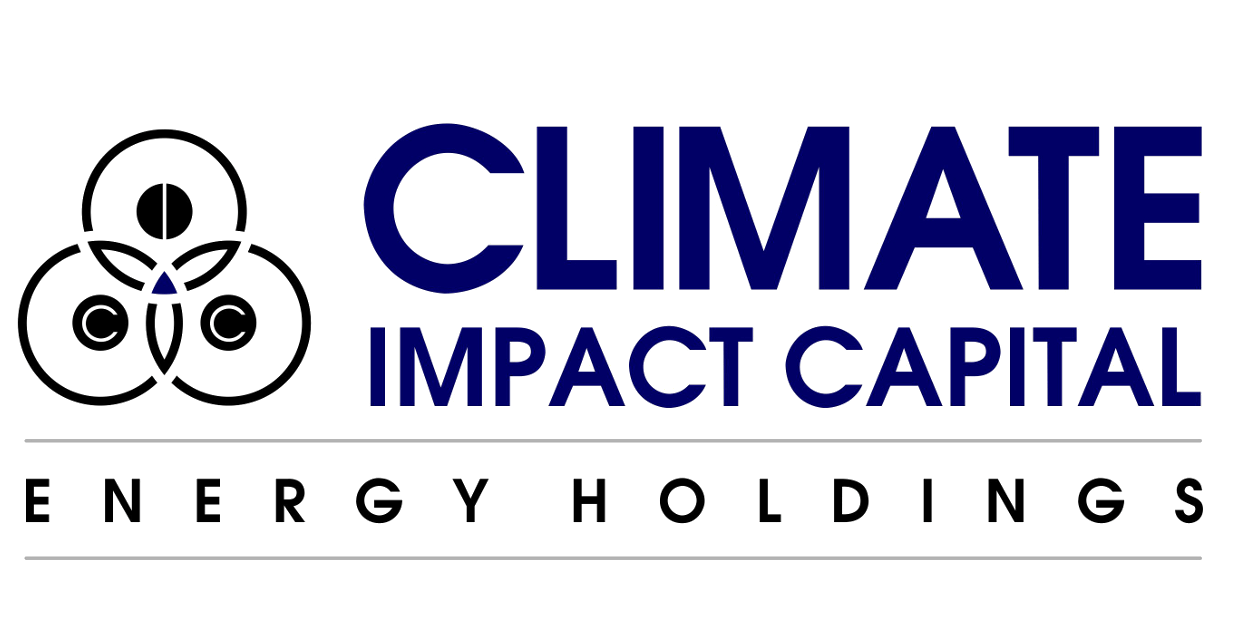Toolkits & Datasets
Energy Toolkits & Datasets
BLAST: Battery Lifetime Analysis and Simulation Tool Suite
Pairs NREL’s high-fidelity battery degradation model with electrical and thermal performance models specific to batteries and larger systems.
Climate and Economic Justice Screening Tool (CEJST)
The CEJST Tool was developed by the Council on Environmental Quality (CEQ). The tool has an interactive map and uses datasets that are indicators of burdens in eight categories: climate change, energy, health, housing, legacy pollution, transportation, water and wastewater, and workforce development. The tool uses this information to identify communities that are experiencing these burdens. These are the communities that are disadvantaged because they are overburdened and underserved.
Federal agencies will use the tool to help identify disadvantaged communities that will benefit from programs included in the Justice40 Initiative. The Justice40 Initiative seeks to deliver 40% of the overall benefits of investments in climate, clean energy, and related areas to disadvantaged communities. Federal agencies should also use the following:
-
- Memorandum on Using the CEJST for the Justice40 Initiative
- Instructions to Federal agencies on using the CEJST
CEQ will update the tool each year based on public feedback, research, and the availability of new data. The current version of the tool is version 1.0. Sign-up for updates from CEQ.
Energy Justice Mapping Toolkit – Disadvantaged Communities Defined
The Energy Justice Mapping Toolkit is intended to allow users to explore and produce reports on census tracts that the U.S. Department of Energy (DOE) has categorized as disadvantaged communities, or DACs, pursuant to Executive Order (EO) 14008 – Tackling the Climate Crisis at Home and Abroad.
Section 223 of E.O. 140008 created the Justice40 Initiative, which established a goal that 40% of the overall benefits of certain Federal investments flow to disadvantaged communities (DACs).
The Office of Management and Budget (OMB)’s Interim Guidance defines a community as either:
-
- A group of individuals living in geographic proximity (such as a census tract)
- A geographically dispersed set of individuals (such as migrant workers or Native Americans), where either type of group experiences common conditions.
Brief Description of DACs Methodology: DOE’s working definition of disadvantage is based on cumulative burden. There are thirty-six (36) burden indicators that reflect fossil dependence, energy burden, environmental and climate hazards, and socio-economic vulnerabilities. Further information on the indicators and data sources and can be found here.
Energy Zones Mapping Tool (EZMT)
U.S. Eastern Interconnection States’ Planning Council (EISPC)
EZMT is a free online mapping tool to identify potential energy resource areas and energy corridors in the United States. EZMT is a map-based tool for identifying areas within the U.S. that may be suitable for power generation and energy corridors and considers traditional generation and renewable energy resources (biomass, coal, geothermal, natural gas, nuclear, solar, storage, hydropower, and wind). The platform also includes tools to generate and analyze potential transmission corridor routes.
Environmental Justice Screening and Mapping Tool
In order to better meet the Agency’s responsibilities related to the protection of public health and the environment, EPA has developed a new environmental justice (EJ) mapping and screening tool called EJScreen. It is based on nationally consistent data and an approach that combines environmental and demographic indicators in maps and reports.

LIHEAP Virtual Library
The Low Income Home Energy Assistance Program (LIHEAP) helps keep families safe and healthy through initiatives that assist families with energy costs. LIHEAP provides federally funded assistance to reduce the costs associated with home energy bills, energy crises, weatherization, and minor energy-related home repairs.
The LIHEAP Virtual Library allows grantees to locate resources based on their unique needs. This tool not only provides basic technical and/or technical assistance resources for each area, but also highlights those areas where Performance Management and the everyday administration of LIHEAP intersect. To begin, select an area of interest. The tool will allow you to select and review multiple program areas before generating resources.
The Low-Income Energy Affordability Data (LEAD) Tool
The LEAD Tool was designed to help stakeholders understand housing and energy characteristics for low- and moderate-income households. Using data, maps, and graphs from the LEAD Tool, stakeholders can make data-driven decisions when planning for their energy goals. The LEAD Tool provides estimated LMI household energy data based on income, energy expenditures, fuel type, housing type, and geography, which stakeholders can use to make data-driven decisions when planning for their energy goals. From the LEAD Tool website, users can also create and download customized heat-maps and charts for various geographies, housing, and energy characteristics. Datasets are available for 50 states plus Puerto Rico and Washington D.C., along with their cities, counties, and census tracts.

Multi-criteria Analysis for Planning Renewable Energy (MapRE)
Lawrence Berkeley National Laboratory
The MapRE initiative provides a framework for the systematic identification and valuation of areas for RE development–focusing mainly on solar and wind technologies–for developing countries. By providing government officials, regulators, utilities, and other stakeholders information about multiple siting criteria for possible REZs in the form of reproducible planning tools, the MapRE initiative seeks to improve the planning of low-carbon, cost-effective, socially and environmentally responsible energy systems. Currently, the emphasis is on utility-scale solar and wind zones, but the spatial models may also be applied to identify off-grid development.
Siting criteria estimated for each potential suitable zone or project area include the levelized cost of electricity (LCOE) of generation, transmission connection, and road access; distance to the nearest major load center, human footprint score (a proxy for degree of human disturbance), capacity value of wind (a measure of how well a wind generation time series profile matches the demand time series profile), and population density. These and other criteria for mapped zones are available for viewing and comparison through the interactive PDF and web-based maps and excel spreadsheet tools. All non-proprietary data inputs and outputs are available for download.
PVWatts® Calculator
National Renewable Energy Laboratory
PVWatts® Calculator from NREL helps users estimate the energy production and cost of energy of grid-connected photovoltaic (PV) energy systems throughout the world. Private sector installers and others can use it to easily develop estimates of the performance of potential PV installations. PVWatts® can be used by planners in evaluating performance of potential PV installations within study areas as part of economic assessments.
Renewable Energy Data Explorer
U.S. Agency for International Development and the National Renewable Energy Laboratory
The Renewable Energy (RE) Data Explorer, the flagship tool of the RE Explorer, facilitates renewable energy decision making, investment, and deployment through a dynamic, online analytical tool. RE Explorer provides renewable energy data, analytical tools, and technical assistance to developers, policymakers, and decision makers in developing countries. It enables meaningful decisions that support low-emission development and ultimately reduce greenhouse gas emissions. This tool can help planners to identify and visualize potential REZs through the evaluation of accessibility and feasibility (technical potential) as well as energy resource quality and quantity. Additionally, the RE Data Catalog is a central location for research and discovery of the renewable energy resource and spatial data that power RE Data Explorer, as well as a place for researchers to contribute data in support of the project.
Renewable Energy Integration and Optimization (REopt)
REopt is a techno-economic decision support platform that evaluates how energy storage can be leveraged for economic savings through demand reduction, time-of-use shifting, and participation in demand response programs, ancillary service markets, and frequency regulation markets. REopt looks at storage integrated with other energy assets and calculates system sizes and operating strategies to maximize economic benefit.
System Advisory Model (SAM)
SAM is a techno-economic computer model that calculates performance and financial metrics of renewable energy projects, including performance models for photovoltaic (PV) with optional electric battery storage. Project developers, policymakers, equipment manufacturers, and researchers use graphs and tables of SAM results in the process of evaluating financial, technology, and incentive options for renewable energy projects.
QuEST: An Energy Storage Evaluation Application Suite
Sandia National Laboratories
QuEST currently consists of three interconnected applications (Data Manager, Valuation and BTM) that individually and collectively help project engineers and researchers evaluate energy storage systems for different use cases.
Platforms-as-a-Service (PaaS)
The Community Power Accelerator TM connects developers, investors, philanthropists, and community-based organizations to create an ecosystem of partners that work together to get more equity-focused community solar projects financed and deployed. Part of the U.S. Department of Energy (DOE) National Community Solar Partnership (NCSP), the accelerator will create a pipeline of credit-ready community solar projects—particularly those that provide benefits to underserved communities—and connect them with mission-aligned investors and philanthropic organizations to get these projects funded.
The National Community Solar Partnership (NCSP) is a coalition of community solar stakeholders working to expand access to affordable community solar to every U.S. household and enable subscribers and their communities to realize meaningful benefits, such as reduced energy burden, increased resilience, community ownership, and equitable workforce development. Learn more about NCSP. Register with NCSP
The U.S. Department of Energy Solar Energy Technologies Office published a summary of lessons learned during a series of National Community Solar Partnership (NCSP) virtual convenings in 2021 that brought together state representatives to explore barriers and opportunities for accelerating community solar deployment. The report includes a summary of key challenges, opportunities, and potential needs and resources that states identified to support equitable community solar development. The findings from these convenings are guiding current NCSP support to state governments.
Download the Summary – Solar Energy Technologies Office State Convenings.pdf
IDENTIFIED BARRIERS |
POSSIBLE SOLUTIONS |
State Policy and Regulatory Environments
|
|
Access to Project Capital
|
|
Subscriber Outreach and Acquisition
|
|
Project Siting and Interconnection
|
|
Join the Collaborative: For more information on joining the NCSP
States Collaborative, please email community.solar@ee.doe.gov
OCS’ Disaster Flexibilities Hub and Dashboard
This dashboard was created to provide information on current weather events and disaster declarations that impact Office of Community Services (OCS) programs and the communities we serve.

When disaster strikes, even the best plans get upended. However, the Office of Community Services (OCS) is here to help. OCS’ block grant funding has built in flexibility to support grant recipients in disaster response. In the OCS Hub and Dashboard, you will find resources on disaster preparedness and response including information about the flexibilities built into OCS’ block grant programs. We recognize that when disasters hit, our grant recipients and partners need to be able to easily access guidance and resources as well as strategically utilize multiple funding streams to support both disaster response and relief and recovery efforts. The OCS Disaster Flexibilities Hub provides a one-stop shop for all the information you need to help you and your organization start to prepare for or respond to a disaster using OCS funding.

